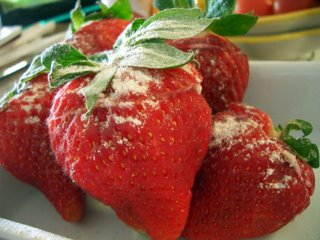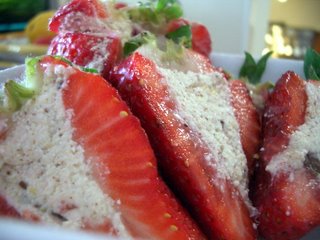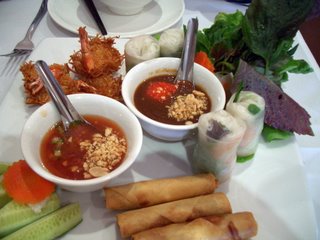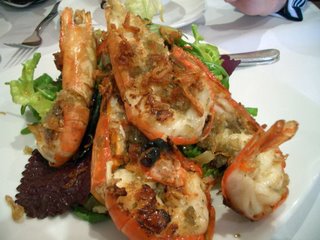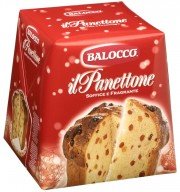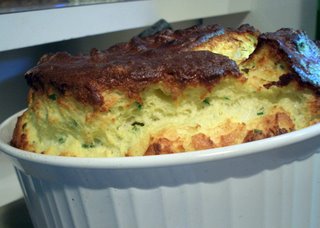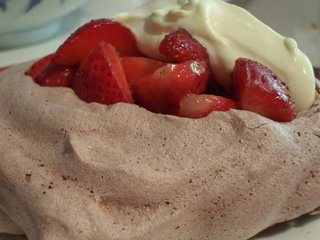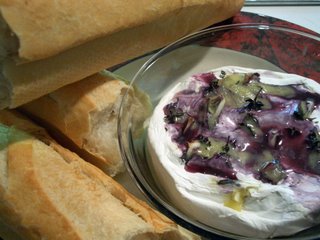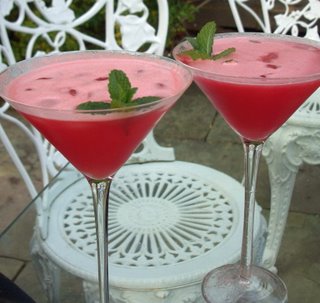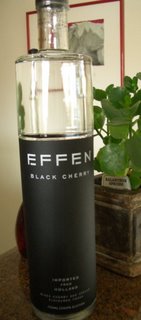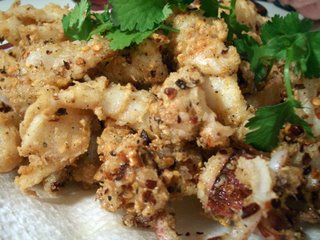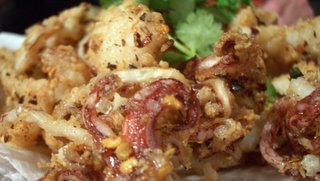Sydney food bloggers for volunteers?
Last year I volunteered for the Sydney Food and Wine Fair - an event close to every food bloggers heart, and the major fundraiser for the AIDS Trust of Australia.
Not only did I have a great time doing something useful for a good cause, but met some terrific people and old friends, worked for Vogue Entertaining and Travel and Delicious Magazines, siddled up to a few restauranteurs, and generally immersed myself in all things food related.
Here's the volunteers invitation letter if you're interested in helping out. It contains the shift opportunities and contact information. If you do want to help, let me know and maybe we can meet up there to sample a few yummy morsels. I'm up for the Saturday morning shift this year. To read more about last year's Food and Wine Fair and the treasures that await within, have a look at Helen's excellent post on the day.

The Food and Wine Fair is the AIDS Trust of Australia’s major fundraising event and its success depends greatly on our volunteers, for without volunteers this event would not be able to go ahead. The proceeds of the Fair enables the Trust to distribute funds to community based organisations to assist in HIV/AIDS related education, care, support and research.
Volunteers are needed at the following times:
Friday 27th October between the hours 9.00am-5.00pm. The shifts available include 9am – 1pm and 1pm – 5pm.
Duties include covering stalls with plastic, general cleaning and unloading supplies.
Saturday 28th October, the day of the fair, between 8.00am-8.00pm, with the following shifts available:
| 8am to Midday | 11am to 4pm | 11am to 4pm Coupon Sales | 4pm to 8pm |
Duties include setting up hygiene stations, distributing coupon boxes, meeting stallholders, distributing produce to the stalls, as well as general assistance to all sections.
On Saturday our volunteers are provided with refreshments, breakfast for the early Saturday shift and Lunch vouchers. Clothing may be left in the Volunteer Tent.
Please register via email at fwf@aidstrust.com.au or by phone 1800 689188 or by filling a volunteer registration form and returning via fax or post. All personal information provided will be treated as confidential.
It is a fantastic day, full of fun, hard work and all for a great cause. We would greatly appreciate you joining us again on this day.![]()
Daniel Byrne
Sydney Food and Wine Fair
Volunteer Coordinator
